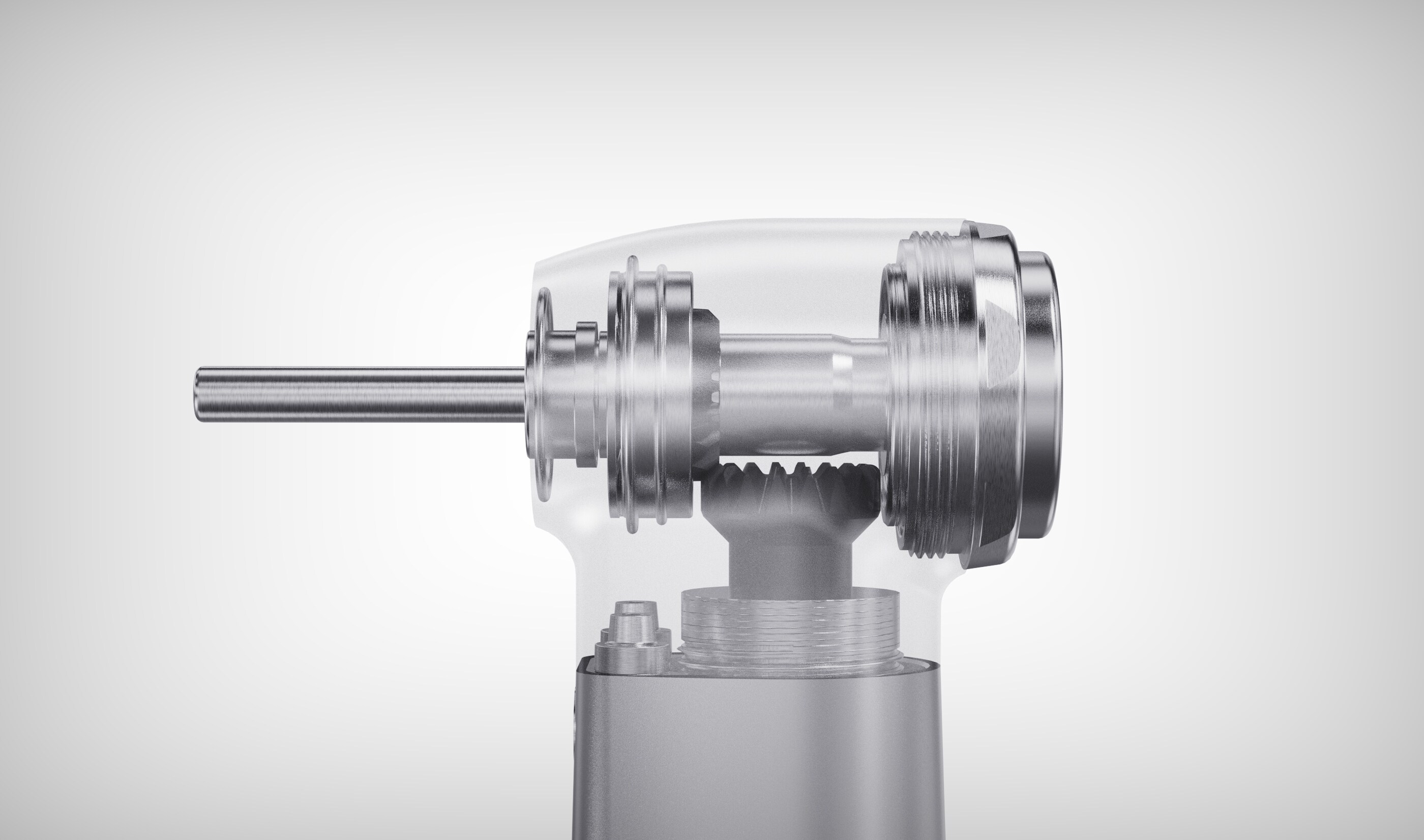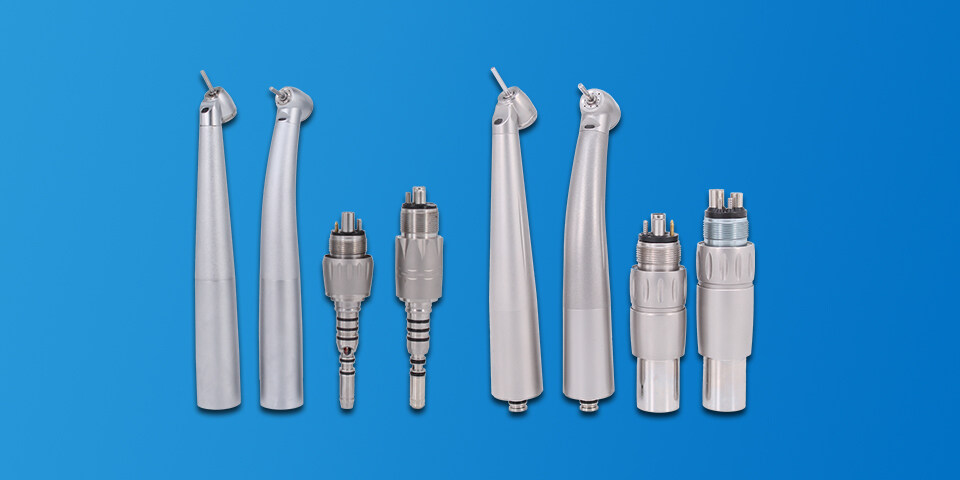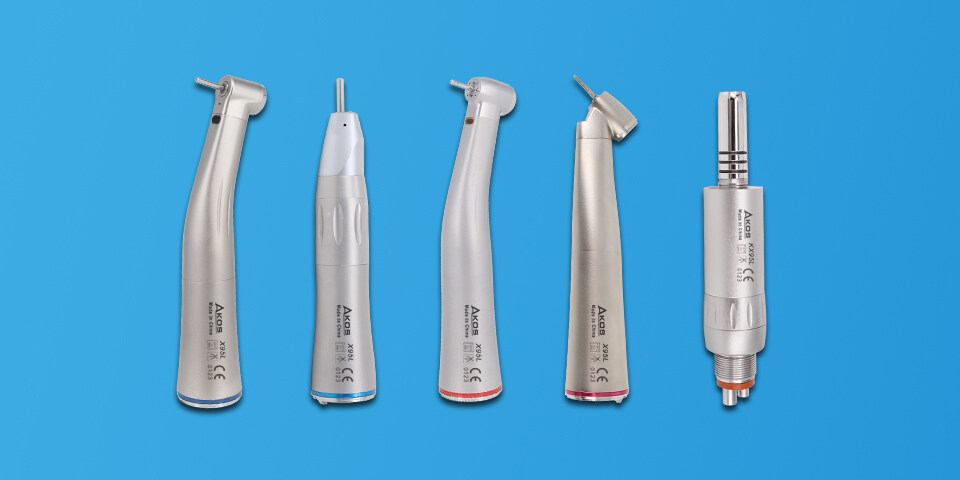Error de formato de correo electrónico
emailCannotEmpty
emailDoesExist
pwdLetterLimtTip
inconsistentPwd
pwdLetterLimtTip
inconsistentPwd
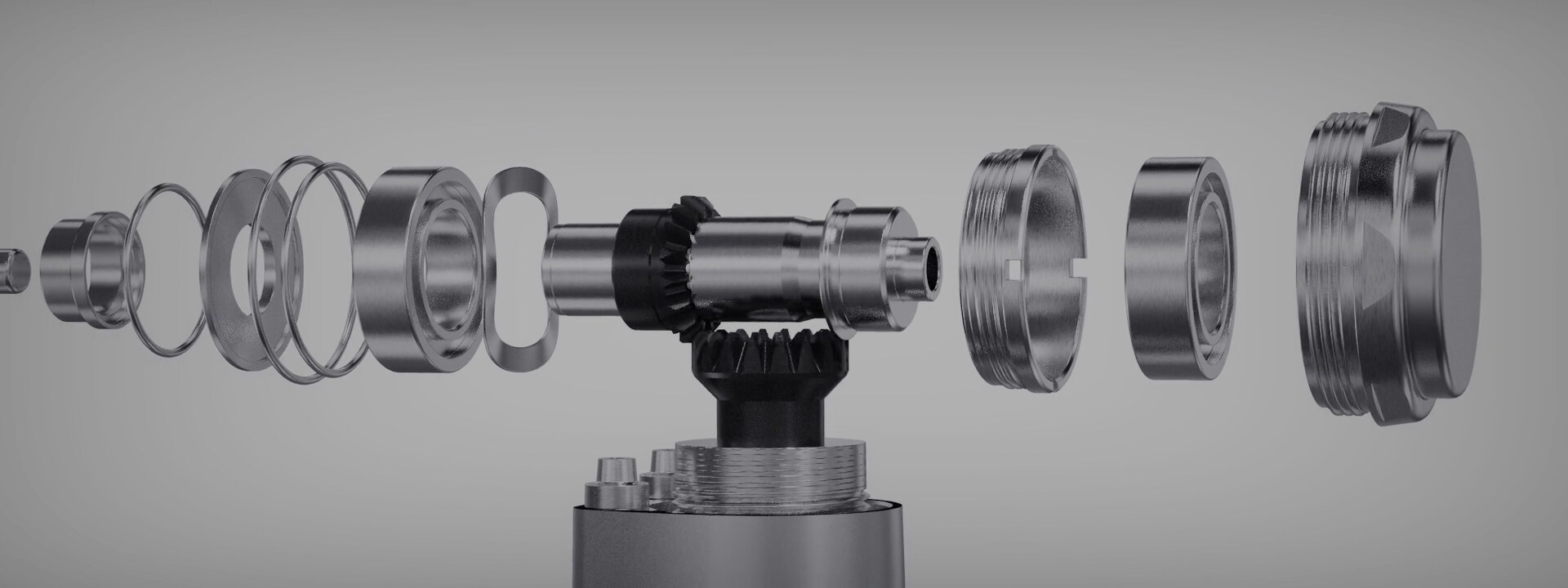
Noticias
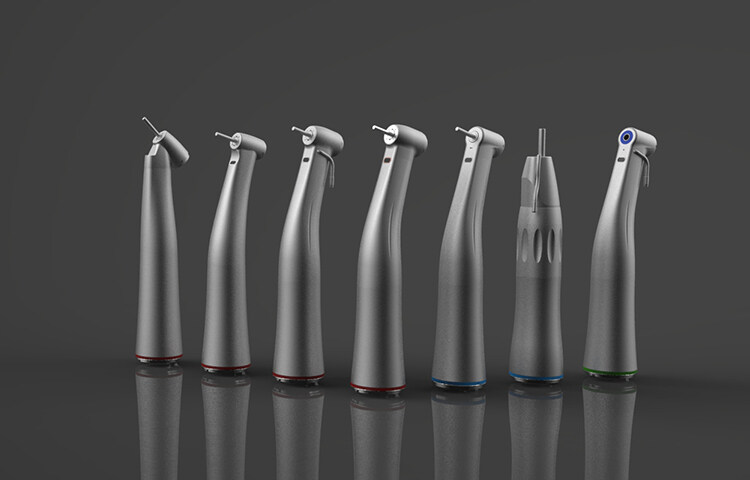
Comprender la diferencia entre las piezas dentales de alta velocidad y de baja velocidad
Cuando se trata de procedimientos dentales, los dentistas confían en una variedad de herramientas y equipos para garantizar la precisión y la eficiencia.Piezas de mano dentalesson instrumentos esenciales utilizados en una variedad de procedimientos dentales. Vienen en dos tipos principales: piezas dentales de alta velocidad y de baja velocidad. En este artículo, exploraremos las diferencias entre estos dos tipos y cómo contribuyen a proporcionar un cuidado dental óptimo.
Piezas dentales de alta velocidad:
Piezas dentales de alta velocidadson conocidos por su rápida rotación y su notable potencia de corte, lo que los hace ideales para diversos procedimientos que requieren la eliminación rápida y precisa del material dental. Estas piezas de mano generalmente funcionan a velocidades de 300,000 a 400,000 rotaciones por minuto (RPM). Las piezas de mano de alta velocidad se usan comúnmente para tareas como eliminar la descomposición, preparar los dientes para rellenos y accesorios de corona y puentes.
Las características clave y los beneficios de las piezas dentales de alta velocidad incluyen:
1. Mayor eficiencia: la alta velocidad de rotación de estas piezas de mano mejora la eficiencia de los procedimientos dentales, lo que permite a los dentistas completar las tareas de manera rápida y precisa.
2. Capacidad de corte suave: las piezas de mano de alta velocidad están diseñadas para cortar diferentes materiales sin esfuerzo, proporcionando una experiencia suave y cómoda tanto para el dentista como para el paciente.
3. Menos vibración: la potente capacidad de corte de las piezas de mano de alta velocidad minimiza las vibraciones, reduciendo la incomodidad o el dolor para el paciente.
Piezas dentales de baja velocidad:
Piezas de mano dentales de baja velocidadestán diseñados para procedimientos dentales más detallados que requieren precisión y control. Estas piezas de mano generalmente operan a velocidades de entre 10,000 y 40,000 rpm. Se usan comúnmente para tareas como pulido, contorno y acabado de rellenos dentales, así como para procedimientos endodónticos como la eliminación de la pulpa de un diente durante un conducto raíz.
Las características clave y los beneficios de las piezas de mano dentales de baja velocidad incluyen:
1. Versatilidad: las piezas de mano de baja velocidad son herramientas versátiles que pueden usarse para una amplia gama de procedimientos dentales, proporcionando un control y precisión excepcionales.
2. Visibilidad mejorada: la velocidad de rotación más lenta de las piezas de mano de baja velocidad permite a los dentistas trabajar con precisión y claridad, lo que garantiza una visibilidad óptima durante los procedimientos.
3. Calor y ruido reducidos: las piezas de mano de baja velocidad funcionan a velocidades más bajas, lo que resulta en menos generación de calor y ruido. Esto contribuye a una experiencia cómoda para el paciente.
Conclusión:
Entendiendo elDiferencias entre las piezas dentales de alta velocidad y de baja velocidades importante tanto para profesionales dentales como para pacientes. Las piezas de mano de alta velocidad sobresalen en tareas que requieren la extracción rápida del material dental, mientras que las piezas de mano de baja velocidad son ideales para procedimientos meticulosos y detallados. Cada tipo tiene sus propias características y beneficios únicos que contribuyen a proporcionar un cuidado dental óptimo.
Comoproveedor de suministros dentales, ofrecemos una amplia gama de piezas dentales de alta calidad, incluidas opciones de alta velocidad y de baja velocidad. Nuestras piezas de mano están diseñadas para proporcionar un rendimiento, precisión y confiabilidad excepcionales, ayudando a los profesionales dentales a brindar la mejor atención posible a sus pacientes.ContáctenosHoy para obtener más información sobre nuestras piezas dentales y cómo pueden beneficiar su práctica.

